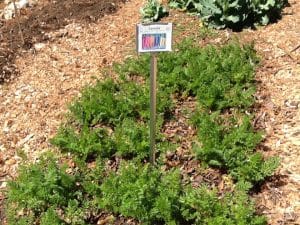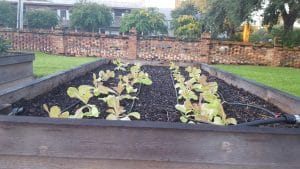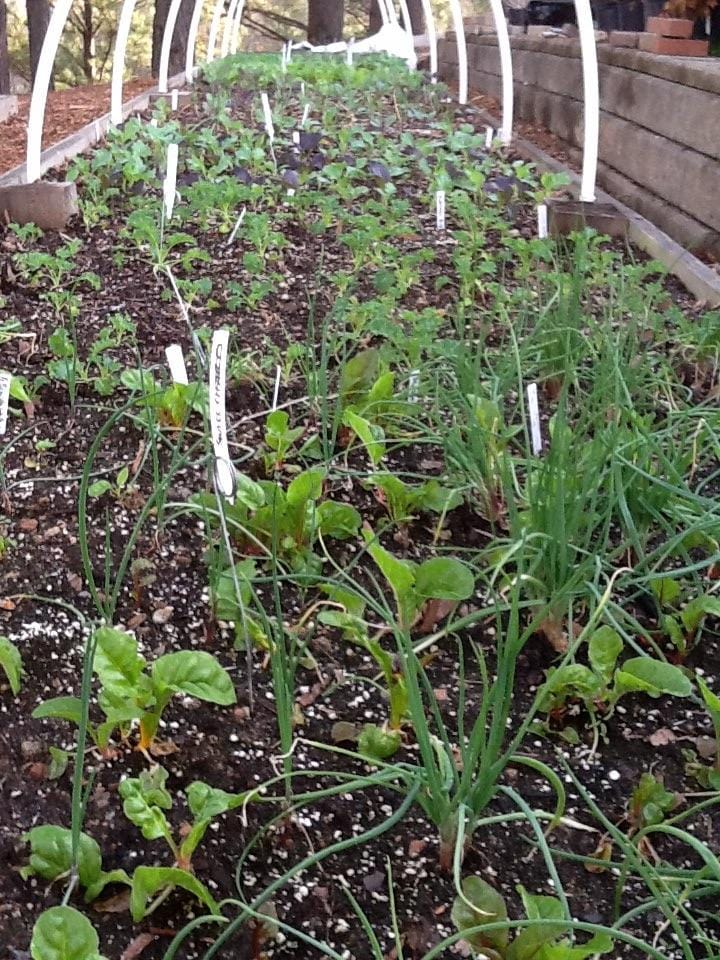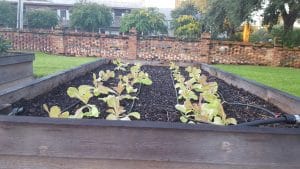The calendar says the beginning of March. Usually this means Georgia is just coming out of cold temperatures but we are still cool. We have had snow in years past the first of March. Not this year; this year it seems we haven’t really had a winter. Tree pollen counts in Atlanta are already registering in the “high” range. The birds are chirping and the insects are flying. How does a gardener plant in this weather?
Soil Temperature is the Key
Remember that soil temperature is the key for seed germination and root growth. Checking www.georgiaweather.net this week the soil temperatures at a 4 inch depth across the state are:
| Blue Ridge | 45.6 F |
| Alpharetta | 43.8 F |
| Pine Mountain | 52.1 F |
| Valdosta | 60.4 F |
Cool-Season Vegetable Planting Time is NOW
Alabama Cooperative Extension has created a very useful chart listing the soil temperature conditions for vegetable seed germination. Consulting this chart we see that it is time, and it has been for awhile, to put in your cool-season plants in most of Georgia: lettuce, spinach, carrots, cabbage, radish. Even though you might be able to plant these seeds wearing your shorts and a tank top, it is still cool-season planting time. Don’t wait any longer.

There have been reports of lettuce and spinach already bolting because of our warm afternoons. Don’t let that tempt you to purchase the tomatoes already for sale. It is not time yet!

Hold off on your peppers, eggplants, cucumbers, and other warm-season crops until later. It is too cold to plant tomato plants in central to north Georgia! If tomatoes are planted in ground that is too cool for growth, the plants may not die but they will not grow just waiting until things underground warm up.
Good Gardening News!
The good news is Georgia has had a nice amount of rain over the last couple of months so the soil should be in great shape for planting. The long-term weather outlook seems just about perfect for cool-season vegetables. For those of you (myself included) who did not plant this past fall because of drought conditions, you can plant with confidence now.
Being a gardener is never, ever dull. Each year brings its own challenges. I wish you all a wonderful Spring harvest!
Happy Gardening!


